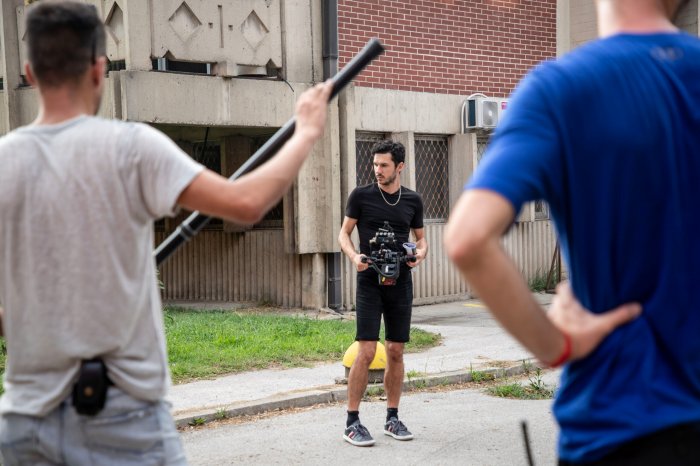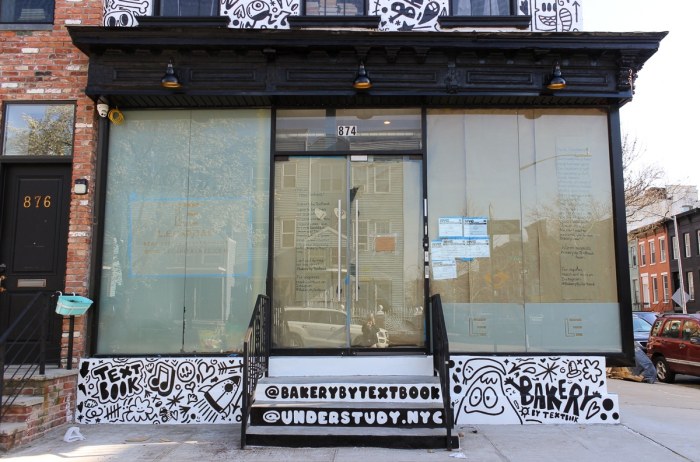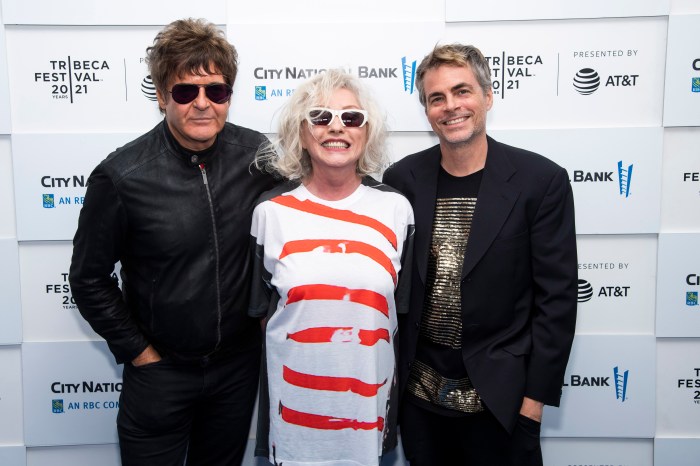Nicolas Winding Refn’s film a play for US audience — and Ryan Gosling stardom
Opening on 2,000 American screens, “Drive” is a bid for the American mainstream by Danish director Nicolas Winding Refn, whose past two films were made in the UK.
A neo-noir action film suggesting a Michael Mann remake of Walter Hill’s “The Driver,” “Drive” alternates between eye candy and brutal violence. It also offers Ryan Gosling a chance to reach American audiences who haven’t seen him in critically acclaimed indie films like “Half Nelson” and “The Believer.”
The film’s combination of sentiment and bloodshed also recalls much of Takeshi Kitano’s best work. Gosling’s taciturn performance evokes Kitano’s own work in “Hana-bi,” where the actor/ director convincingly shows affection to his wife one minute and jabs a chopstick in a man’s eye the next.
Where Kitano blends bloodshed with moments of beauty, affection, and joy, Refn’s violence is often repulsive for its own sake, as when he has a gangster played by Albert Brooks stick a fork into someone’s eye — a seeming reference to “Hana-bi.” No doubt Refn would say that cinematic violence should be realistically ugly, but his film revels in macho bluster.
Driver (Gosling) works for a garage, stunt drives for movie productions, and does getaway driving for armed robberies at night. The film never refers to him by name. He’s attracted to his neighbor Irene (Carey Mulligan), a waitress raising a small child. Her husband, Standard (Oscar Isaac), is about to get out of jail.
When Standard does get released, the two men hit if off, but Driver discovers that Standard owes a huge debt to a prison-protection racket. After learning that gangsters have threatened Irene and her boy, he agrees to serve as the driver when Standard pulls off a pawnshop robbery. However, things go badly awry.
Many critics have speculated that “Drive” will finally make Gosling a star. That may be, but his performance isn’t particularly ingratiating. The times may have passed when films like Sergio Leone’s spaghetti Westerns could turn a Clint Eastwood into a star. Driver talks little and shows less emotion. His smile is appealing, but his outbursts of violence, while infrequent, are chilling. Gosling’s looks make the character’s contradictions go down easier. It might be easier to believe Driver’s badass attitude from an older or less handsome actor, but Irene’s attraction to Driver is more believable.
That said, the romance in “Drive” often feels obligatory, despite Gosling and Mulligan’s best efforts. On one level, that’s a function of the narrative. In order to keep Irene safe, she has to stay away from the plot’s main action. (The film’s only other female character dies quickly.) As macho as it is, the film has an odd sense of chivalry.
The closest “Drive” comes to bringing both worlds together is a scene set in an elevator. It’s the most jarring moment in the film precisely because Driver goes from making out with Irene to kicking a man’s head in. His lack of hesitation about the latter makes it clear that it was on his mind all the time, even while kissing Irene.
Like Mann, Refn has a passion for shallow-focus nocturnal cityscapes. He loves shooting blurred lights out of car windows. The colors in “Drive” are bright and saturated. Mann has recently turned to high-definition digital video; while Refn is still shooting in 35mm, he gets many of the same effects.
Composer Cliff Martinez’s score for “Drive” evokes the ‘80s. Heavy on the electronics, it could have been composed by the great disco producer Giorgio Moroder, who wrote the soundtracks for “American Gigolo” and “Midnight Express” and worked with Donna Summer. The soundtrack for “Drive” includes two songs from the Italians Do It Better record label, which is devoted to resurrecting the Eurodisco sound pioneered by Moroder, albeit in a rawer, more DIY form.
Refn’s film attempts much the same sort of resuscitation as the music it uses. I’ve only seen two of his previous films, and I wasn’t impressed by his “Valhalla Rising,” a pretentious trip through the Viking era. Refn may work better when he has a clear model to follow.
“Drive” is a thoroughly cinephilic film, in the Tarantino mode. Refn fills his cast with great character actors, from Brooks to Christina Hendricks and Bryan Cranston. (Evidently, “Mad Men” and “Breaking Bad have made it to Denmark.) He gives Brooks a chance to play against type as a vicious gangster, and the actor tears into the role with great enthusiasm.
Humanity is not the film’s strong point — Driver and Irene’s connection seems more like a contrivance the more one thinks about it. However, this excursion into style is really seductive. Even if Refn continues down this road and winds up seeming like as much of an arrested adolescent as Tarantino often does, the “maturity” of “Valhalla Rising” suited him far less.
Essentials:
DRIVE
Directed by Nicolas Winding Refn
Film District
Opens Sep. 16 citywide


































